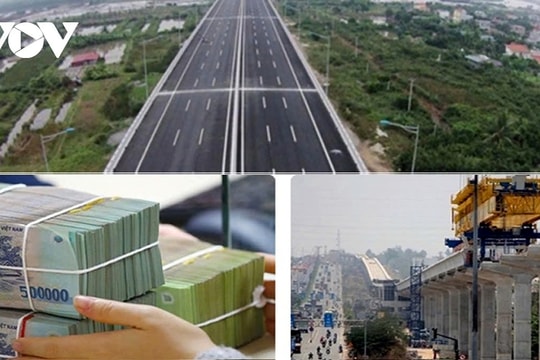
According to Vietnam Customs, the country's wood export revenue reached about US$8.7 billion in the seven months of this year, marking a 21% increase compared to the same period in 2023. Specifically, the export of wood products fetched about US$5.96 billion, up more than 22%.
Experts attributed this growth to rising demand in major markets, particularly the US, which remains Vietnam's largest importer of wood and wood products. The Ministry of Industry and Trade (MoIT) reported that the US accounts for nearly 54% of Vietnam's total wood and wood product exports. Exports to the US have been steadily increasing month by month, reflecting a positive trend.
Ngo Sy Hoai, secretary general of the Vietnam Timber and Forest Products Association, noted that wooden furniture imported from Vietnam represents about 41% of the total US imports of such products.
Recent developments, including the US Department of Commerce's decision to terminate its investigation into anti-dumping and countervailing duties on wooden cabinets from Vietnam, are expected to facilitate Vietnamese wood product's greater access to the US market, he noted.
In addition to traditional markets like the US and China, Vietnamese wood exporters have also reported growth in new markets such as India and the Middle East.
In the first half of 2024, shipments to China reached US$1.05 billion, climbing 49.3% year-on-year, while those to Canada and India hit US$113,000 and US$73,000, up 23.9% and 94.2% respectively.
Nguyen Liem, chairman of the Binh Duong Furniture Association (BIFA), emphasised the need for the wood industry to adapt to changing conditions, including adopting flexible production and export strategies. This includes employing advanced technology and optimising the supply chain from raw materials to logistics.
Although the wood industry has seen a rise in export value in recent years, the added value of its products remains relatively low. Experts estimate that only about 5% of Vietnam’s wood products have designs - a crucial stage for increasing added value and affirming product brands.
Phung Quoc Man, vice president of the Handicraft and Wood Industry Association of Ho Chi Minh City (HAWA), suggested that Vietnamese wood enterprises need to invest in design and innovation to enhance product value and profitability.
To further increase the value of exported wood products, Vietnamese companies should invest in technology and digital transformation to reduce exports of raw wood materials and prioritise the production of refined products that meet market demands.
























